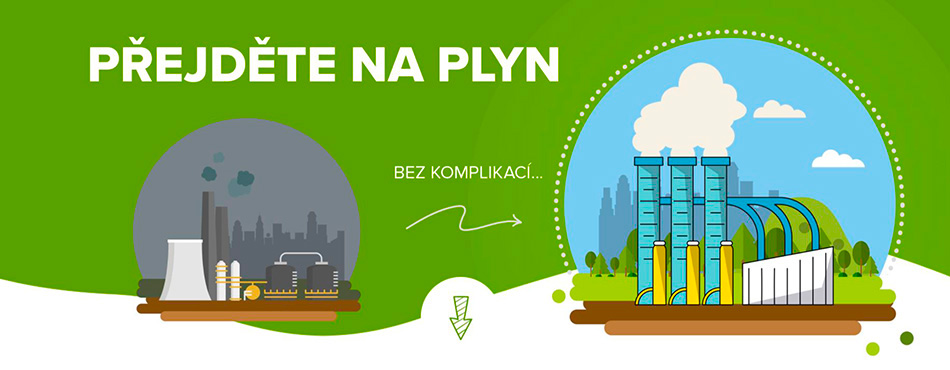2/2023
INFORMATIVE ARTICLES
- One of the First Agricultural Biomethane Plants in the Czech Republic is Commissioned in Litomyšl
- GASCONTROL Builds a Modern Plant for Biomethane Production and Injection into the Gas Network
- Infrastructure Development: Connecting the Horní Suchá Biogas Plant to a Distribution Gas Pipeline
- GasNet Is the First Gas Company in the Czech Republic to Use Unique Technology for Repairing a Bridge
- Hydrogen (H2) and Its Role in Heating by Gas-fired Condensing Boilers
- Impact of Hydrogen Addition to Natural Gas on Emissions in Flue Gases
- Hydrogen in Natural Gas: Challenge, or Help in Instrument-based Detection?
- Testing Valves for Various Hydrogen Concentrations in Natural Gas
- Hydrogen Infrastructure Development in the European Context
- Branch Connections without the Need for On-site Welding
- Looking into History
THE CGA‘S ACTIVITIES
- SymGas 2023, a new format for information exchange amongst gas experts
- The Czech Gas Association welcomes a Korean delegation to its Michle premises
- H2 HEATING 2023, a hydrogen conference
TECHNICAL ARTICLES
A Pilot Unit Using BDW for Biomethane (RNG) Production via Catalytic Methanation
Jan Kulas, Lukáš Polák, Nikita Streltsov
Summary: The contribution discusses the use of the Sabatier reaction, i.e., catalytic reduction of carbon dioxide to methane (catalytic methanation), as an alternative method for producing sustainable biomethane, or RNG (renewable natural gas), produced from BDW (biodegradable waste). Compared with the methods that are normally employed for biogas upgrading, the advantage of catalytic methanation is that biomethane, or RNG, is produced without the need to separate carbon dioxide. Catalytic methanation effectively transforms carbon dioxide in biogas into methane. Biogas is currently upgraded to biomethane solely by carbon dioxide separation. A major downside of these methods is that carbon dioxide is being produced in the process, and most frequently released into the air, which contributes to its levels in the atmosphere rising. On the other hand, the benefits of catalytic methanation include low consumption of electrical energy in the actual methanation process and an opportunity to use the high-potential heat generated in the process. The dissipated heat can, for example, be used for heating the fermentation tanks in which biogas is produced. Catalytic methanation can therefore be expected to be employed in the future as an alternative method for biogas upgrading.
Key words: Catalytic methanation, RNG, biogas, upgrading, BDW
Using the J-integral for Predicting the Burst Pressure for Pipes with Cracks
Ľubomír Gajdoš, Martin Šperl
Summary: Questions concerning the gradual conversion of gas pipeline systems to natural gas & hydrogen mixtures, and possibly to pure hydrogen, are very hot issues at present. In this context it appears to be desirable to pay increased attention to ensuring the integrity of gas pipelines, specifically in the light of hydrogen’s adverse effects on the fracture toughness of pipes in gas pipeline systems.
Key words: Pipelines, burst pressure, tests, J-integral, hydrogen





